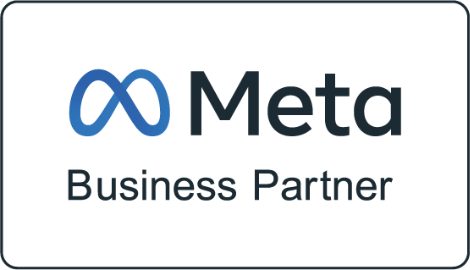Supply Chain Disruptions Hamper Housing Market
Recently, we’ve been seeing a year-over-year downward trend in the organic traffic in some of our home-building client reports.
But noticing trends is only the first part of the analysis.
To fully understand the data we were seeing, we needed to find the cause for this dip in traffic.
And, as usual, it’s not just one factor but a combination of things causing these noticeable dips.
Let’s delve in and discover together why we’re seeing what we’re seeing.
The Pandemic
The pandemic created a unique situation. Worker shortages affected supply chains across the board (in the housing and almost every other industry). This made housing materials suddenly more expensive. Zonda (a home data analyst firm) has reported that these costs are up 35% YOY.
And the same worker shortage that affected supply chains impacted the construction industry. ABC (Associated Builders and Contractors) reports that the shortage continues, meaning the industry needs an additional 650,000 skilled professionals in 2022 above regular YOY expansion to meet the demand for new housing.
Both shortages increased the time needed for new home construction, according to 97% of builders surveyed, and resulted in fewer new homes in total. Once interest rates hit the epic lows they dropped to in January of 2021, there was a metaphorical feeding frenzy. The inventory of new homes began to quickly dry up.
This dearth of new homes came at a time when customers were searching for more homes with more space—places they would be happy to spend most of their time in, with enough room for family and work/learn-from-home necessities. Due to the law of supply and demand, each new home became an even more valuable commodity which raised prices (as supply and demand is wont to do).
Due to both lack of workers and supply chain issues, according to another report by Zonda, 92% of builders are deliberately using techniques to slow down sales due to lack of inventory and construction workforce. As housing prices continue to increase to cope with the shortages and the sales deceleration, prospects have been growing weary.
The Supply Chain is Disrupted Again
Without letting these pandemically enhanced shortages recover, world events disrupted global supply chains even further. This statement is by no means meant to trivialize the humanitarian horrors happening in Ukraine right now. It is just illustrating how connected global supply chains really are.
This second disruption has just made the housing industry crawl even slower. Indeed, 77% of builders are now citing both building material availability and building material costs as their top two challenges. Using a bit of educated speculation, we can easily conjecture that the dramatic price increases and virtually no supply (both in resales and new construction) are causing homebuyers who want a new home—those who want to take advantage of the equity in their current homes to move to something bigger and better—to find there are very few choices for them to move to. They are surrendering to buyer fatigue, giving up on their search, and remaining where they are.
Zonda’s January 2022’s Pending Sales Index shows that new home sales are, indeed, down 14% YOY. As supply chain shortages, worker shortages, low home inventory, and rising prices all contribute to these lower sales, it become pretty clear why we’re seeing the downward trends in organic traffic we mentioned at the beginning of this blog.
But there is a potential sunrise on the horizon: buyers who need a new home are still looking.
Our strategy reaches the eyes that need to see
Supply chain and worker shortages will continue to dominate the industry. For a time. But we must look to more than just one past statistic to see the true picture.
The same Zonda Sales Index that reported sales down 14% YOY also reminds us that January 2021 was “an exceptionally strong time for the new home market.” To see a bigger picture, we must look to pre-pandemic sales. And when we do that, we can see that January 2022 was up 22.5% from two years prior.
What this means is that there are plenty of need-a-new-home buyers out there (versus the want-a-new-home buyers who are ceasing their search) and will pay the higher prices for the home they want. This is why we always focus our marketing on price, product, and location. These three factors mean we get our messaging in front of the audience best poised to convert, while answering in advance their three main questions: What? Where? And how much?
This understanding of what our clients’ audiences are searching for is why our marketing will continue to excel, even if there is a dip in traffic due to downward sales trends across the entire industry. It’s our AdsIntelligence secret sauce, if you will, that has been time-proven to convert prospects into leads and leads into sales.









